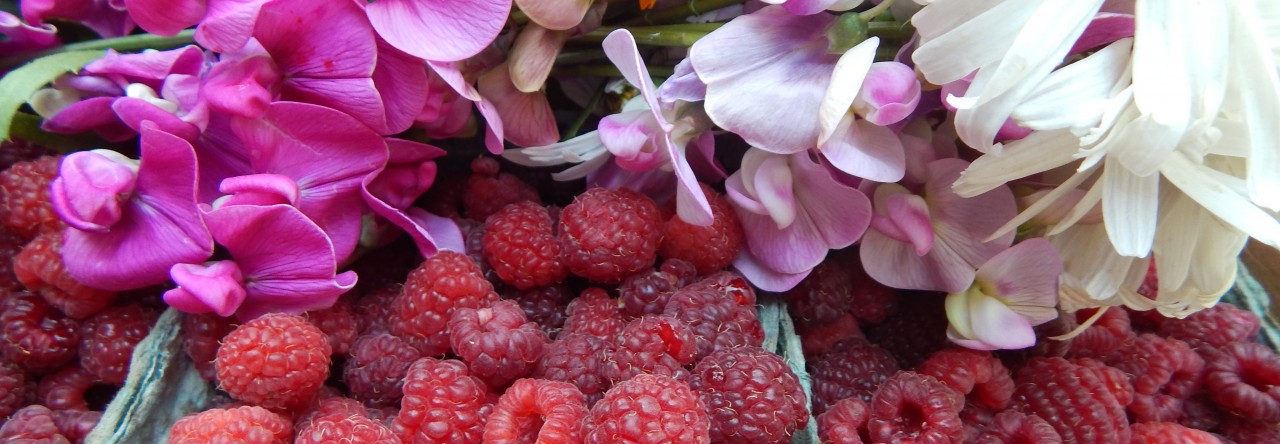
The official transition from winter to spring has arrived. At my house, that means both waiting for snow to melt and reveal my garden’s buried herbs and digging deeper into the freezer and dry-storage boxes to use up what’s left from last year’s harvest. So this week’s recipe pairing seemed apt: a light soup using the last stored garlic to offset still chilly evenings and savory scones using frozen herbs—or if you’re in a warmer zone than mine, the first spring cutting of herbs.
I start making garlic soup as soon as crisp fall nights arrive and continue throughout winter to the end of my stored stash in spring. It’s joined my arsenal of comforting soups, along with Hot and Sour Soup and 30-Minute Cherry Tomato Soup. I make these when I have a cold bug, because they help bring me back to health. I make these soups when I’m busy, because they’re easy and use ingredients I keep on hand. But mostly I make them because they taste so good.
Learn to make Roasted Garlic Soup and Savory Herb Scones


